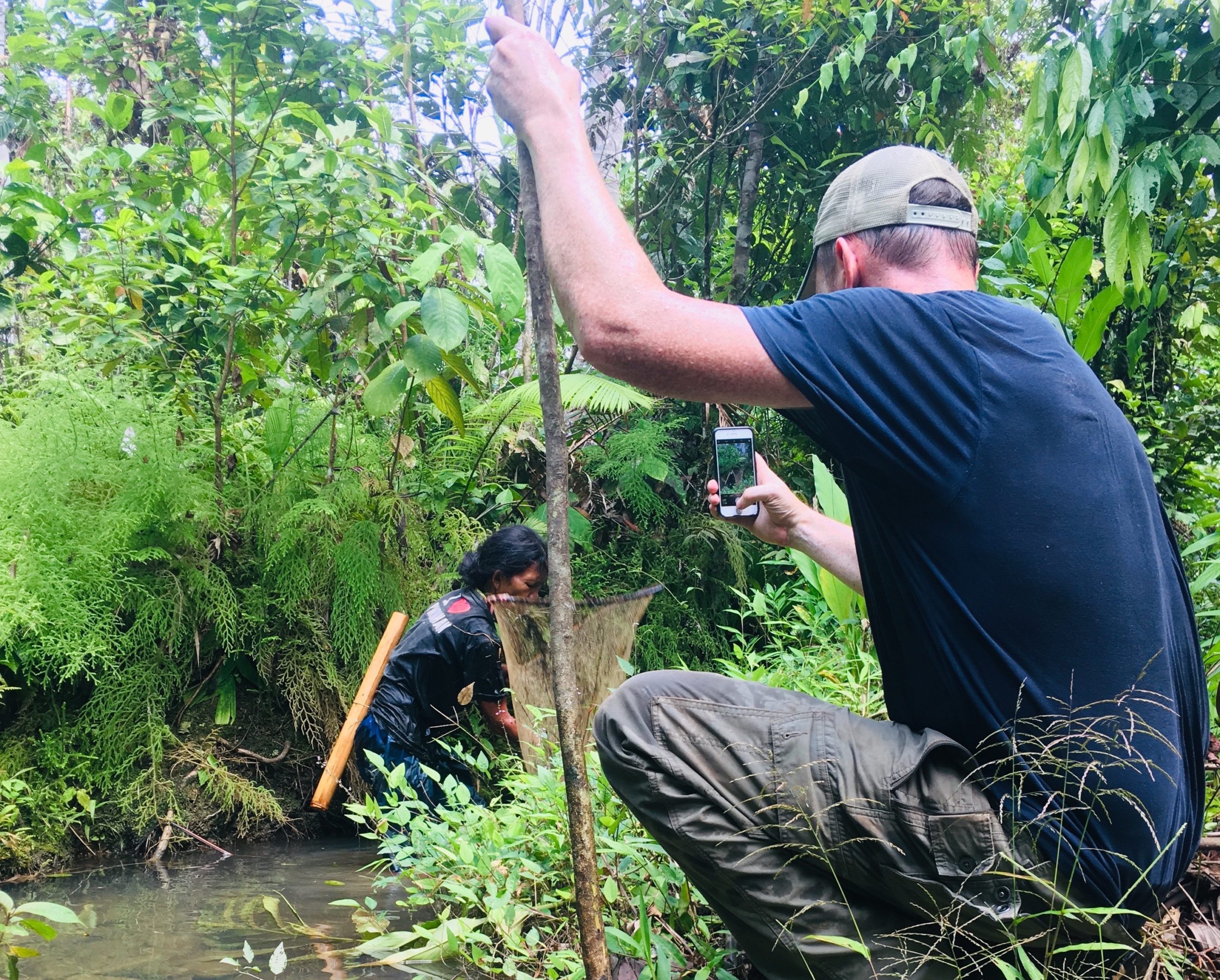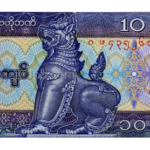When I trekked into the jungles of Siberut Island off the western coast of Sumatra last winter, my guide, Agus, kept me busy with activities that gave me a peek into the local Mentawai culture. No doubt Agus has, in the years since he began taking travelers into the jungle, learned to balance an accurate representation of the local lifestyle with a field-tested sense for what visitors want to photograph.
Hence, there are several narrative layers to this photograph. At one level, it’s an accurate representation of how Mentawai women catch fish in the jungle streams. This particular woman hadn’t planned on fishing when Agus and I showed up, but she did catch some fish (which she and her family would later eat) while she was demonstrating her technique. And, while she was as Mentawai as any of the other women in the Siberut jungle, Agus was faintly apologetic to me, because she didn’t look as traditionally Mentawai as some of her neighbors.
Indeed having become attuned to the photographic sensibilities of travelers, Agus was worried I might be disappointed that she was wearing an “I ❤️ Pariaman” (a coastal city in West Sumatra) t-shirt rather than traditional feathered headwear, a bark skirt, and beads. Since, when it comes down to it, true Mentawai “authenticity” is expressed by whatever a given Mentawai person chooses to wear (t-shirts are, after all, cheap and comfortable), I couldn’t really complain. Still, Agus knows that travelers have a very specific visual sense for what Mentawai authenticity looks like.
The final narrative layer here is the fact that I am myself in the picture (engaged, as it happens, in the meta act of taking a picture of my own). This is a key conundrum on visual-narrative platforms like Instagram: Sure, viewers are meant to appreciate the experience of the person who is depicted – but when the person depicted is the traveler himself, what is the story behind the unseen person who took the picture?
In the case, my presence in the photo speaks to Agus’s thoroughness as a guide. Having taken scores of travelers into the Mentawai jungle, he’s gotten into the habit of using his own smartphone to photograph those travelers, just in case they want pictures and videos of themselves in action (and, invariably, they do).
Agus is so attuned to his clients’ own visual-narrative desires that, when I was taking my own photos, he would quietly go in and remove modern-looking items from the scene. An Easter Egg from the second video of my February 18, 2019 Instagram post is when you see my host Amantiru (clad in traditional Mentawai garb) processing sago pulp by dancing on it; as he does this, a red plastic water bottle sits the background – but only for about three seconds, before Agus’s arm darts into the frame and snatches it away.
Note: “Dispatches” are short vignettes, profiles, and mini-essays written and posted from the road, often in tandem with my Instagram account. For more full-formed writing, check out my book Marco Polo Didn’t Go There, or the Essays or Stories archives on this site. I don’t host a “comments” section, but I’m happy to hear your thoughts via my Contact page.





